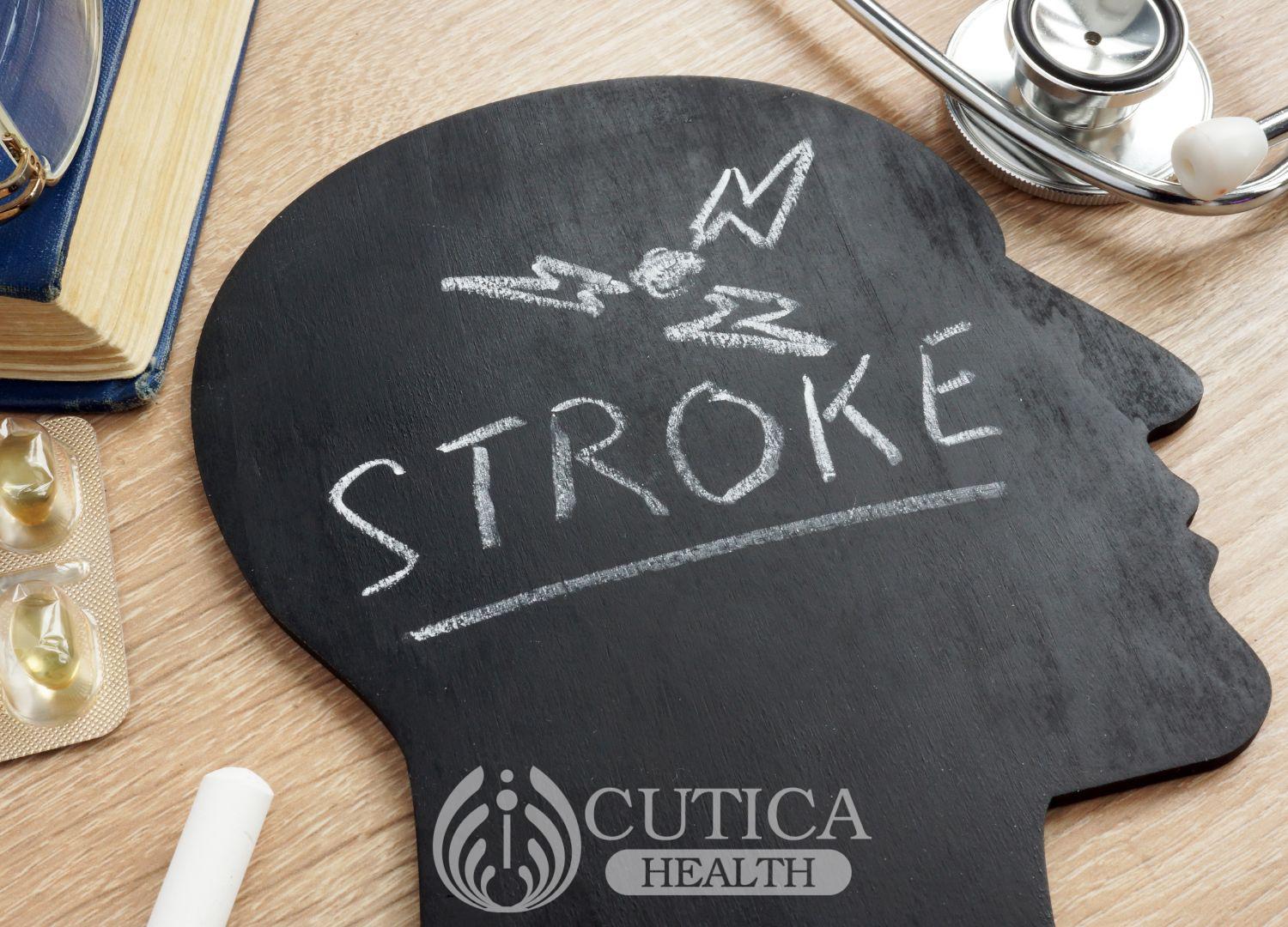
Alexandra was experiencing numbness on one side of her face and felt “tongue-tied”. Her legs and arms also felt detached from her body as she had lost most of the sensation there. Whenever she spoke, it felt slightly slurred, and she could hardly understand the words from the newscaster. Eventually, these symptoms passed, and she knew she had to seek medical attention.
At the hospital, it was explained that she had suffered a condition similar to stroke; Transient Ischemic Attack (TIA).
What are Transient Ischemic Attacks (TIAs)?
Also called mini-strokes, these are brief attacks of stroke symptoms. Mostly, there is a need to seek urgent medical assistance to rule out an actual stroke. These attacks usually resolve within minutes or hours. That is why they are referred to as transient. Strokes occur when blood supply is blocked in the blood vessels supplying the brain. A similar thing happens when someone suffers mini-strokes.

It might interest you to know that TIAs are a huge risk factor for having strokes.
Risk factors for Mini strokes
These are the things that increase the chance of having transient ischemic attacks:
- Smoking: Smoking is known to make blood vessels weaker and easily damaged, and thus reduce their ability to carry blood properly.
- High blood pressure: This could cause weakening and damage of the blood vessels.
- Excessive consumption of alcohol: Alcohol raises blood pressure and ultimately triggers off TIAs.
- High cholesterol levels in the blood lead to the deposition and build-up of fats in the blood vessels, thereby causing them to narrow. Once blood vessels narrow, blood won’t reach all the brain parts and thus triggers off TIAs.
- Obesity: Obesity means you would have a lot of body fat, which increases inflammation that could damage blood vessels.
- Diabetes: When there is high blood sugar, more fats are produced, which can coat the insides of blood vessels. This increased blood sugar may also increase the formation of clots which could block the vessels.
- Carotid artery disease: Carotid arteries conduct blood through the neck to the brain. If they are damaged, there would be a shortage of blood supply to the brain.
- Cardiovascular disease: This refers to a problem with the heart, which is the blood-pumping organ of the body.
Symptoms of Transient Ischemic Attacks
The symptoms experienced by individuals having TIAs often resemble those typically observed in the early stages of stroke. These include but are not limited to the following:
- Loss of sensation on one side of the face, arms, or legs
- Slurred speech and inability to understand what others are saying
- Loss of balance and coordination
- Vision problems such as blurred vision or loss of sight. One or both eyes may be affected
- Mental confusion
- Difficulty swallowing
- Light-headedness

Treatment
TIAs are often a strong indicator for future strokes, and urgent medical attention must be sought. Your healthcare provider may order certain investigations, including blood tests and CT images to confirm if nothing more serious is ongoing.
If a TIA is ongoing, your doctor may only recommend the following treatment option:
- Administration of medications (blood thinners) to reduce blood clots.
- Blood pressure lowering drugs: This is essential to reduce your risk of future, more severe strokes.
- Surgery: The most common one is Angioplasty which involves expanding the blood vessels to allow more blood flow.
- Healthy lifestyle changes which include regular exercise, eating low-fat and carbohydrate foods, and quitting smoking and alcohol consumption.
Transient ischemic attacks may be regarded as “mini” strokes; they often open the door for more serious and disabling stroke episodes if early intervention is not sought. Think of TIAs as warning strokes, indicating that there are risk factors you need to pay close attention to.












